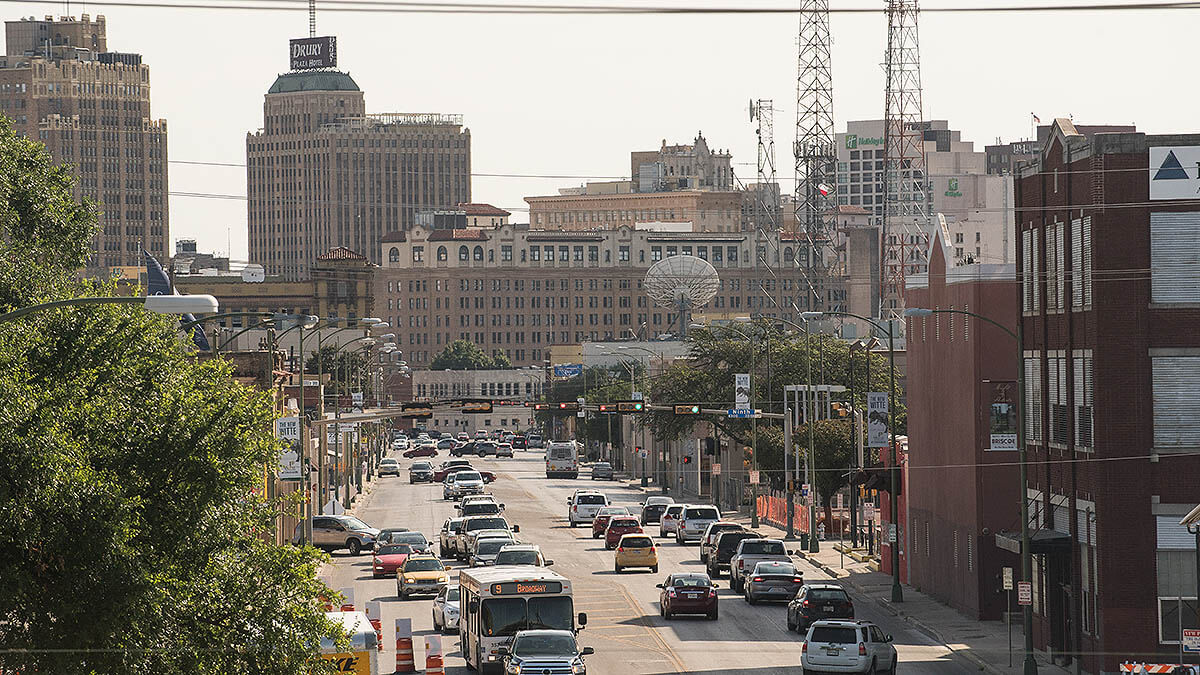
The topic of inequality can make your head feel like jelly. The data is endless, the politics are nasty, and there is a continual chorus of people who say it’s hardly worth bothering with at all. (The poor just need to help themselves…)
But if you’re inequality curious, you may be looking for some basic ideas to think about the problem. Here are five basic concepts to frame the topic for reflection and conversation.
“Income inequality” is the phrase we hear most often, but inequality is about much more than income. It is about differences in educational resources, housing quality, mental health, physical health, job possibilities, and, ultimately, overall lifetime wealth. It’s about not just what people can earn for themselves, but their chances for enjoying “life, liberty, and the pursuit of happiness.”
Studies suggest that the most important predictor of your overall lifetime wealth is the zip code of your birth. That’s why most people concerned about inequality are focused not just on individual people, but on entire communities — the places where we educate our kids, go to work, make homes, and cultivate one way of life or another. Here at Folo Media, you’ll often see us talking in terms of zip codes, comparing one neighborhood to another. By and large, places predict our future.
Sure, some people can leave their place, strike out on their own, and make something of themselves. But because place is so powerful, addressing inequality means taking seriously — and caring for — the contexts in which people are formed.
Some tend to think inequality is a natural byproduct of the world — the net effect of human choices, influenced by no one in particular. But inequality has a history. Here in San Antonio, as in many American cities, our poorest neighborhoods were created that way — people of color were systematically — and for a long while, legally — prevented from living in certain neighborhoods. Those policies were the roots of inequality; the branches and the fruit can be seen today in our mix of wealthy and poor neighborhoods with their vast differences in housing quality, infrastructure, educational outcomes, types of jobs, and so on.
Our forbears created a segregated city, and we are living with the consequences. So long as we don’t recognize this problem, we’re likely to perpetuate inequality.
San Antonio is known as a welcoming, hospitable city, one with considerable racial diversity. And so it is. But systematic racial segregation and the suppression of Mexican Americans and African Americans is an undeniable aspect of our history — one that is inscribed onto the geography of our city. San Antonio leads the nation in what’s known as “economic segregation,” meaning we have neighborhoods of great wealth next to neighborhoods of great poverty — and the wealthy neighborhoods tend to be white.
Alamo Heights and Stone Oak, two of our wealthiest areas, are 74% and 55% white, respectively — in a city that is only 26% white overall.
In the early 1990s, the U.S. Department of Housing and Urban Development (HUD) attempted a large-scale inequality fix — they moved thousands of families from high-poverty neighborhoods to low-poverty areas with good schools and homes. Initial results were mixed, but the most recent analysis of this program is breathtaking: it shows that children who move to a less poor neighborhood before the age of 13 see increased future income in their mid-20s, are more likely to marry, and are more likely to attend college. As the study’s authors note, this implies that these children have a shot at breaking the cycle of generational poverty — that is, of escaping the consequences of systematic, created inequality.
It’s not going to be easy or quick. But progress is possible.
This article was originally published by the H.E. Butt Foundation’s Folo Media initiative in 2017.